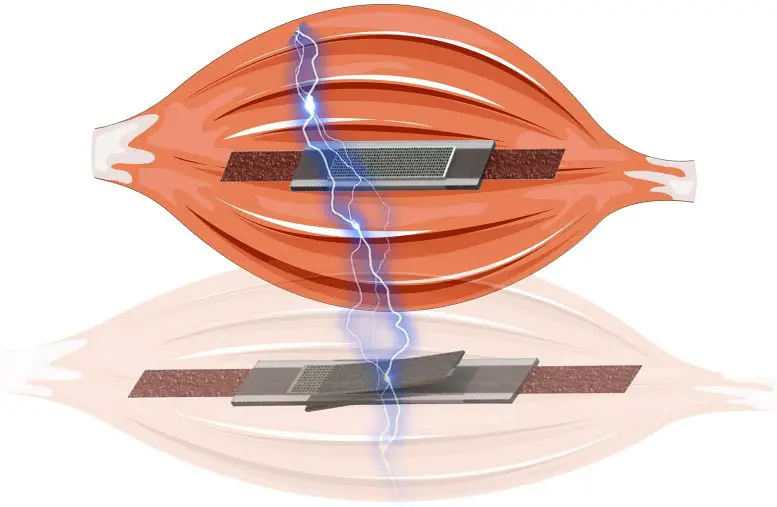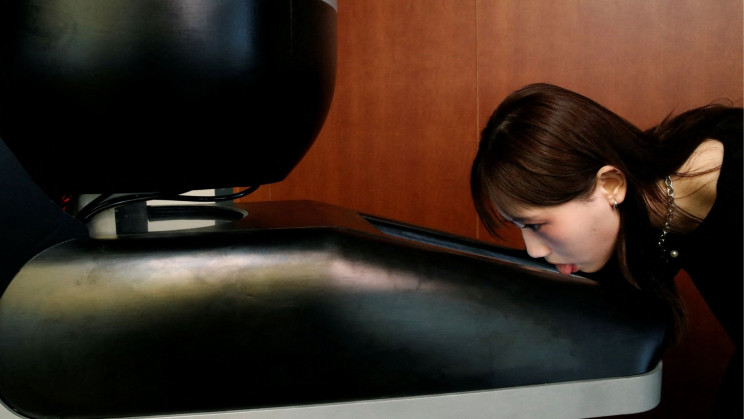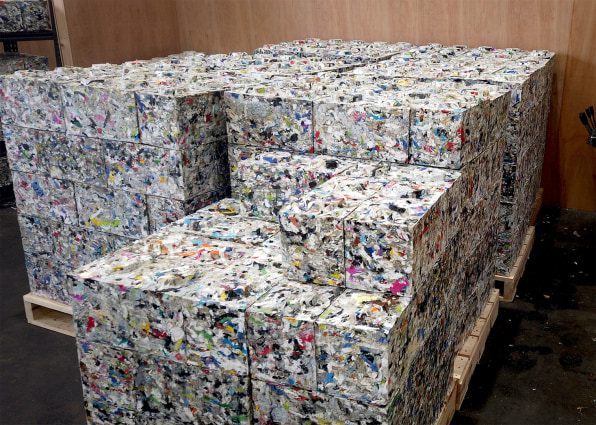A new technology that could turn contaminated water into safe drinking water is currently being tested by the Japan International Cooperation Agency (JICA) in a typhoon-hit area of the Philippines, with the northern Cebu province of Daanbantayan being given a trial run of the system.
Following the devastation that super typhoon ‘Yolanda’ caused two months ago, the country still finds itself in a state of disrepair, as sourcing clean and drinkable water has become a major challenge for a number of communities. In addition to this, many areas are experiencing severe infrastructure damage and a power shortage, so addressing these problems has become a priority for aid agencies.
One such agency, JICA, has provided a water filtration and purification system to help typhoon-ravaged communities such as Daanbantayan, where existing water supply systems were badly damaged by Yolanda. In order to keep the water safe for drinking, JICA has installed a mobile siphon tank which is capable of purifying water for around 1,400 households in the province.
The way in which this system works is by filtering the muddy, contaminated water from the river and then turning it into potable, drinkable water as a result of purification. These hi-tech siphon tanks begin by pumping and then filtering the unclean water, before a backwashing process eliminates any of the unwanted materials – ensuring that high quality and effective washing is maintained to keep the water clean.
Daanbantayan Mayor Augusto Corro has welcomed the arrival of the mobile equipment, stating that the technology is essential in helping the village recover following the decline of the water situation.
He said: “It will take some time to recover our water supply systems because most systems are heavily dependent on deep groundwater that needs electricity to be pumped up. But electricity has not yet been fully recovered in Daanbantayan especially since it is away from the backbone network.”
JICA went on to say that the technology which is being used as part of the testing process would be subsequently shared with the Metropolitan Cebu Water District (MCWD) so it can further expand its areas of coverage and combat these growing issues.






